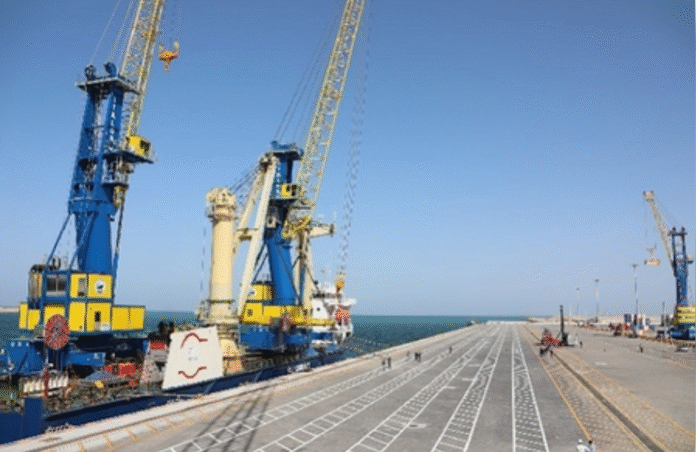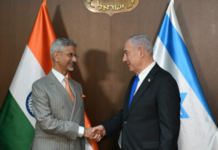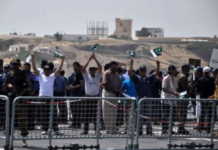New Delhi– In the midst of shifting global alliances and recalibrated foreign policy moves, India is stepping up its ‘Connect Central Asia’ policy, placing renewed strategic focus on the development of Chabahar Port in Iran. The move comes at a time when regional dynamics are in flux, with major powers reassessing their investments and partnerships.
On one side, Washington’s recent tariff realignments have led to a reordering of trade relationships across regions. On the other, China’s growing caution in financing Belt and Road Initiative (BRI) projects—particularly in volatile areas—signals an evolving risk-averse posture in Beijing’s foreign investment strategy.
Notably, China’s abrupt withdrawal from a flagship component of the China-Pakistan Economic Corridor (CPEC) has sparked speculation. The decision—amid rising delays, security threats to Chinese nationals in Pakistan, and Islamabad’s repayment concerns—has underlined Beijing’s tempered risk appetite in high-stakes frontier economies.
India and Iran Reaffirm Strategic Ties
Amid these developments, India has reaffirmed its commitment to enhancing ties with Iran, particularly through the Chabahar Port, a vital node for access to Afghanistan and Central Asia.
On Sunday, September 7, National Security Advisor (NSA) Ajit Doval held a crucial phone conversation with his Iranian counterpart, Ali Akbar Ahmadian. According to reports, the dialogue centred around strengthening bilateral cooperation and addressing key regional developments—with Chabahar Port prominently on the agenda.
Chabahar: India’s Strategic Gateway to the Heart of Asia
Located on the Gulf of Oman, the Shahid Beheshti terminal at Chabahar is Iran’s only oceanic port and a strategic asset for India. It provides New Delhi with an alternative trade route to Afghanistan, Central Asia, and beyond—bypassing Pakistan-controlled transit routes.
India has committed to developing and operating the port’s general cargo and container terminals for a 10-year period, formalised through a Long-Term Main Contract signed on May 13, 2024.
According to Union Shipping Minister Sarbananda Sonowal, India allocated Rs 400 crore for the port’s development from FY 2016-17 to FY 2023-24. Of this, Rs 201.51 crore has been utilised to date. The port registered a 43% increase in vessel traffic and a 34% rise in container traffic during FY 2023-24.
These figures underscore growing momentum at the port and its rising importance as a commercial and geopolitical asset in the region.
Geopolitical Undercurrents and Pakistan’s Dilemma
At one point, China had expressed interest in developing Chabahar as part of its broader BRI ambitions. However, given its strong strategic alliance with Pakistan, such involvement raised red flags in India.
Now, with Beijing’s recent retreat from CPEC elements and heightened scrutiny of overseas investments, Islamabad’s bargaining power in Chabahar-linked negotiations with Tehran and New Delhi appears diminished.
Caught between two powerful patrons—China and Iran, Pakistan may face increased diplomatic balancing as India strengthens its position in regional trade and connectivity.
India’s Long Game in the Region
Despite global tariff volatility and uncertain geopolitical winds, India remains steadfast in modernising the Chabahar Port infrastructure and expanding supporting rail links. For New Delhi, the port is more than a trade facility—it is a strategic corridor central to its regional outreach, energy security, and diplomatic leverage in West and Central Asia.
With Chabahar as a linchpin, India is positioning itself as a pivotal connector between South Asia and the resource-rich heart of Eurasia, while also subtly countering the influence of regional rivals. (Source: IANS)













